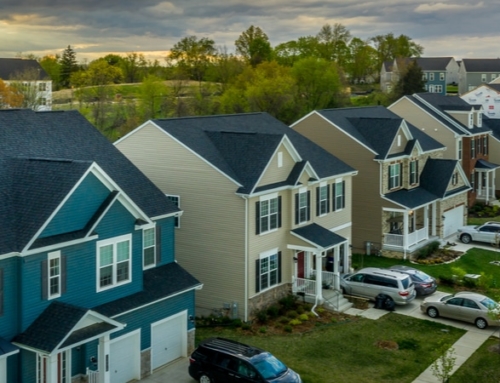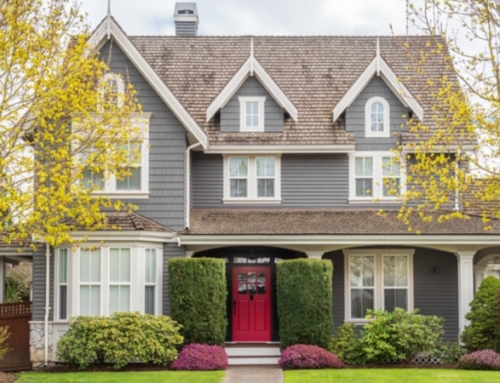Housing prices are up across the board in the United States. Existing home sales are up. New construction is selling so quickly that developers are once again having a tough time getting raw materials.
In Brooklyn, New York, the Corcoran Group recently reported that prices for single family homes in some neighborhoods increased by as much as 125 percent in a single year. If you bought in 1999, you’d have paid an average of $322,000. This year, you’d pay nearly $800,000 for the same property.
If rising prices coupled with rising interest rates sounds expensive, don’t even think of moving abroad. Compared to Asia and Europe, life in the U.S. is downright cheap.
In Tokyo, Japan, in the Shibuya neighborhood (which is the equivalent of the upper East side in New York), you’d pay an average of $1.84 million for a 1,450 square foot two-bedroom condominium. In Hong Kong, in an area called the Peak, you’d pay $1.7 million for a home the same size.
In New York, on Fifth Avenue, you’d pay just $1.3 million for a slightly larger two-bedroom apartment. In the Pacific Heights neighborhood, in San Francisco, you’d pay only $900,000 for the same apartment.
According to the Corcoran Group, the top ten most expensive cities in the world, by price per square foot, are: Toyko, Japan ($1,271 per square foot); Hong Kong, China ($1,220); London, England ($1,101); Singapore ($906); New York ($890); Kobe, Japan ($884); Sydney, Australia ($839); Stockholm, Sweden ($753); Paris, France ($700); and Zurich, Switzerland ($667).
The fact that these homes are selling, for full list or, in some cases, far beyond list price, indicates how quickly wealth has been created around the world in the past decade. According to one survey, the number of millionaires (people with a net worth exceeding a million dollars) in the U.S. has doubled in the last five years.
But the truth is, a million dollars just doesn’t buy what it used to. According to the National Association or Realtors and the California Association of Realtors, the number of homes priced at $1 million or more has exploded over the past decade.
In the past ten years, the number of homes listed for sale for $1 million or more has more than quadrupled.
But just because a house carries a price tag of $1 million or more doesn’t mean it feels like the million dollar house of your childhood dreams. Twenty years ago, a million dollars bought a large apartment on Fifth Avenue, in New York, a 6,000 square foot brownstone with turn-of-the-century detail in Chicago’s Gold Coast, or a waterfront estate in the Hamptons or Palm Beach, Florida.
Today, that same $1 million might buy the house your parents have lived in for the past 30 years.
If a small, two-bedroom condo isn’t exactly the house of your million dollar dreams, there’s an easy remedy.
Add a zero. Houses with price tags of $10 million or more still offer the look and feel of the million dollar homes of a generation ago.
For example, recent dream house listings include a 1938 house in San Francisco with spectacular Bay views, four master bedroom suites, three private patios, two wine cellars, a four car garage and staff accommodations for $18 million.
Or you’d like something with a bit more joie de vie, a six-bedroom Paris residence owned by the same family since 1812, with a six-cave wine cellar and spectacular formal gardens, was recently listed for nearly $9 million.
Published: Apr 24, 2000






Leave A Comment